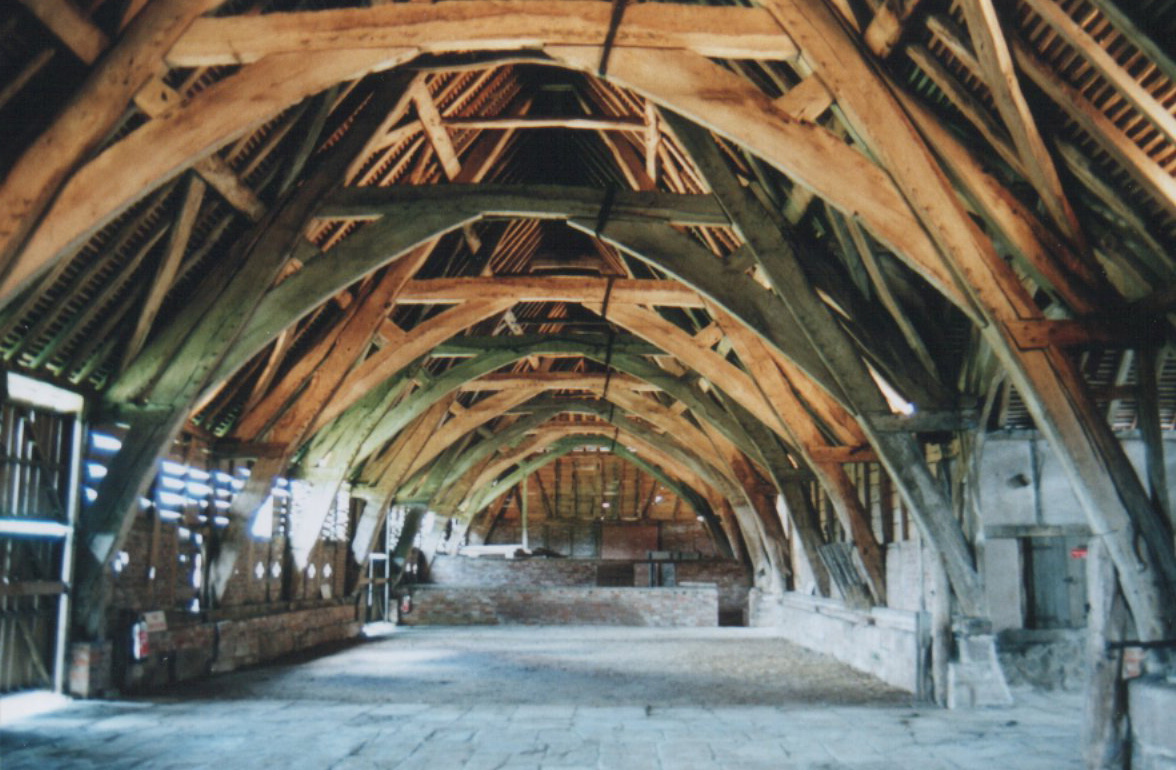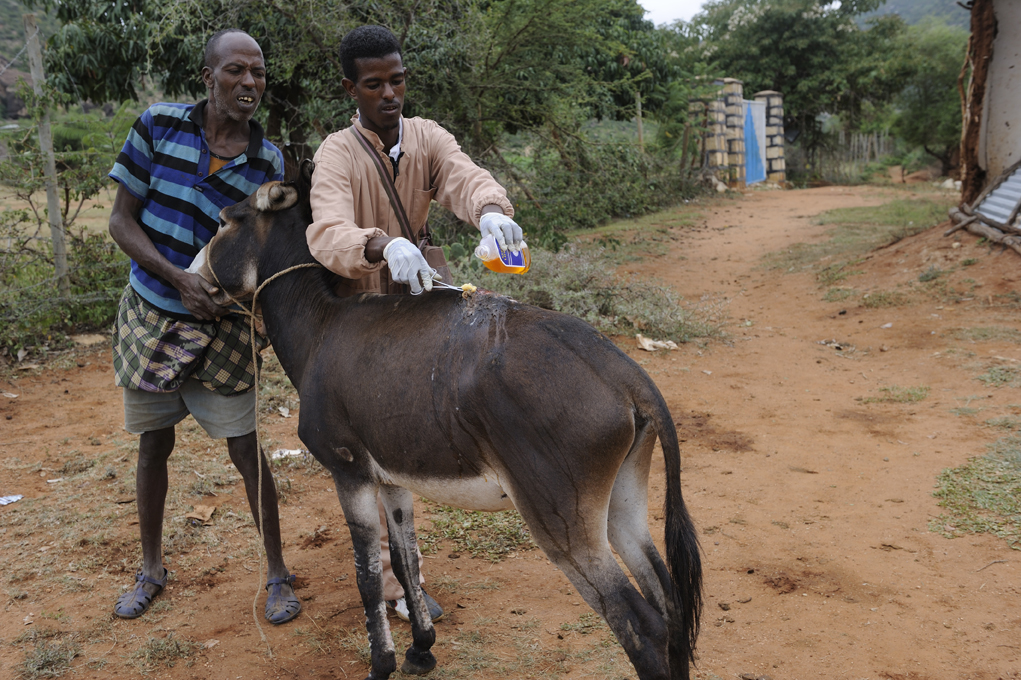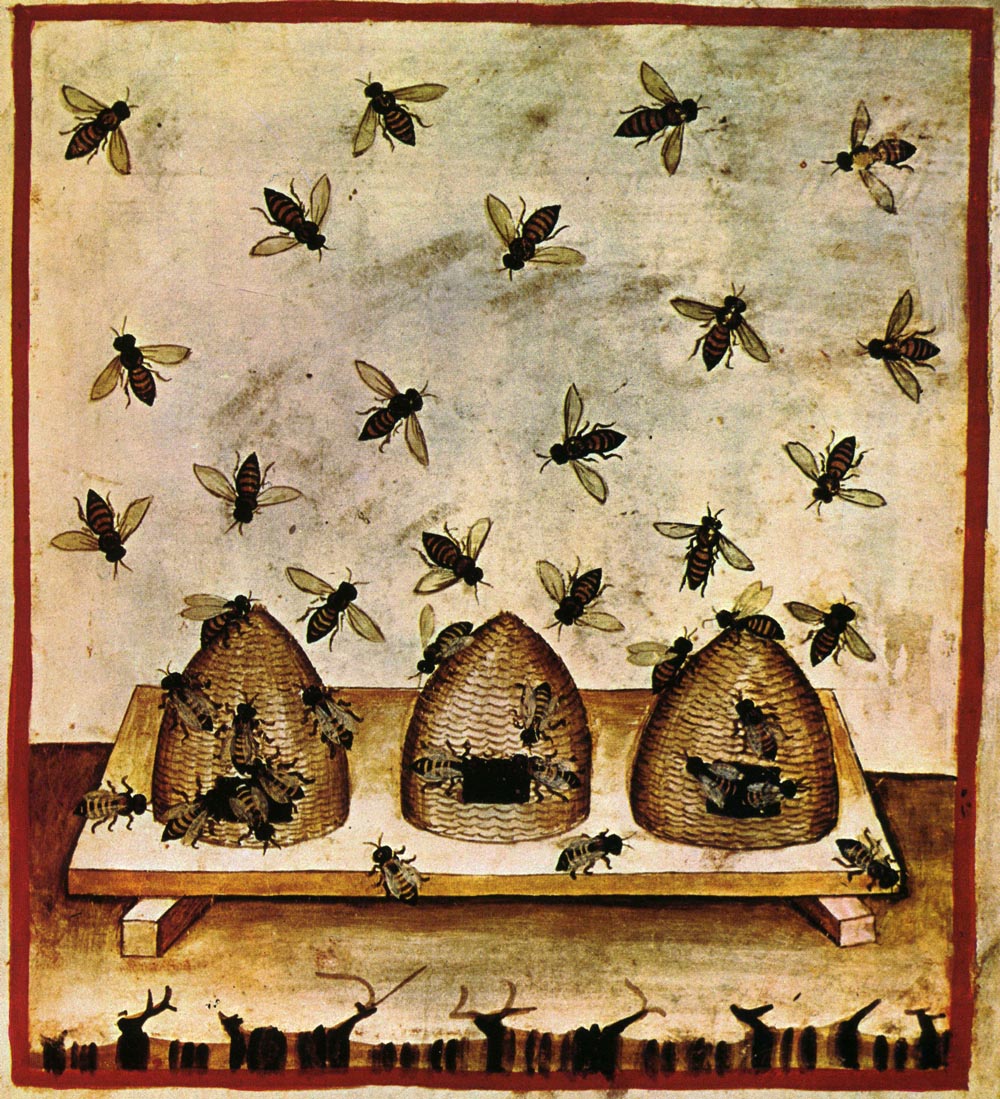|
Briantspuddle War Memorial
Briantspuddle is a small village in the Piddle Valley in Dorset, England, near the villages of Affpuddle and Tolpuddle and about 8 miles (13 km) east of the county town of Dorchester. It forms part of the civil parish of Affpuddle and Turnerspuddle in the non-metropolitan district of Purbeck. The village takes its name from Brian de Turberville, who was lord of the manor during the reign of Edward III. It falls within the Piddle Valley Conservation Area and contains 35 listed buildings. History The first known reference to the village can be found in the ''Geld'', an assessment made for land tax purposes in 1083. The village was then known as "Pidele" and was held by a priest named Godric. The village was later mentioned in the Domesday Book in 1086 as having "land for three ploughs, a mill, thirty eight acres (15 ha) of meadow, of woodland, eleven furlongs (2.2 km) of pasture in length and 12 in width." This was valued at £4 and Godric was in charge of "about ... [...More Info...] [...Related Items...] OR: [Wikipedia] [Google] [Baidu] |
Ernest Debenham
Sir Ernest Ridley Debenham, 1st Baronet (26 May 1865 – 25 December 1952), was an English businessman. He was responsible for the considerable expansion of the family's retail and wholesale drapery firm between 1892 and 1927. Biography Born at 42 Wigmore Street, Marylebone, he was the son of Frank Debenham and his wife Emma Folkard ''née'' Ridley. Educated at Marlborough College and Trinity College, Cambridge, At the age of 27 he joined the successful business of Debenham & Co., which had been run by his grandfather and father. His restructuring activities led to the splitting of the manufacturing from the retail side of the business, under the name Debenham & Freebody (Freebody was the maiden name of his grandmother). He effected a merger with Marshall & Snelgrove as well as a takeover of Harvey Nichols. He was noted for his paternalistic attitude towards his staff, providing medical and educational support. He was also a pioneer in the dairy industry. On 8 November 1892 h ... [...More Info...] [...Related Items...] OR: [Wikipedia] [Google] [Baidu] |
Cruck
A cruck or crook frame is a curved timber, one of a pair, which support the roof of a building, historically used in England and Wales. This type of timber framing consists of long, generally naturally curved, timber members that lean inwards and form the ridge of the roof. These posts are then generally secured by a horizontal beam which then forms an "A" shape. Several of these "crooks" are constructed on the ground and then lifted into position. They are then joined together by either solid walls or cross beams which aid in preventing 'racking' (the action of each individual frame going out of square with the rest of the frame, and thus risking collapse). Etymology The term ''crook'' or ''cruck'' comes from Middle English ', from Old Norse ', meaning "hook". This is also the origin of the word "crooked", meaning bent, twisted or deformed, and also the crook used by shepherds and symbolically by bishops. Use Crucks were chiefly used in the medieval period for structures s ... [...More Info...] [...Related Items...] OR: [Wikipedia] [Google] [Baidu] |
Veterinary
Veterinary medicine is the branch of medicine that deals with the prevention, management, diagnosis, and treatment of disease, disorder, and injury in animals. Along with this, it deals with animal rearing, husbandry, breeding, research on nutrition, and product development. The scope of veterinary medicine is wide, covering all animal species, both domesticated and wild, with a wide range of conditions that can affect different species. Veterinary medicine is widely practiced, both with and without professional supervision. Professional care is most often led by a veterinary physician (also known as a veterinarian, veterinary surgeon, or "vet"), but also by paraveterinary workers, such as veterinary nurses or technicians. This can be augmented by other paraprofessionals with specific specialties, such as animal physiotherapy or dentistry, and species-relevant roles such as farriers. Veterinary science helps human health through the monitoring and control of zoonotic dis ... [...More Info...] [...Related Items...] OR: [Wikipedia] [Google] [Baidu] |
Bee-keeping
Beekeeping (or apiculture) is the maintenance of bee colonies, commonly in man-made beehives. Honey bees in the genus ''Apis (insect), Apis'' are the most-commonly-kept species but other honey-producing bees such as ''Melipona'' stingless bees are also kept. Beekeepers (or apiarists) keep bees to collect honey and other products of the hive: beeswax, propolis, bee pollen, and royal jelly. Pollination of crops, raising Queen bee, queens, and production of package bees for sale are other sources of beekeeping income. Bee hives are kept in an apiary or "bee yard". The keeping of bees by humans, primarily for honey production, began around 10,000 years ago. Georgia (country), Georgia is known as the "cradle of beekeeping" and the oldest honey ever found comes from that country. The 5,500-year-old honey was unearthed from the grave of a noblewoman during archaeological excavations in 2003 near the town Borjomi. Ceramic jars found in the grave contained several types of honey, including ... [...More Info...] [...Related Items...] OR: [Wikipedia] [Google] [Baidu] |
Forestry
Forestry is the science and craft of creating, managing, planting, using, conserving and repairing forests, woodlands, and associated resources for human and environmental benefits. Forestry is practiced in plantations and natural stands. The science of forestry has elements that belong to the biological, physical, social, political and managerial sciences. Forest management play essential role of creation and modification of habitats and affect ecosystem services provisioning. Modern forestry generally embraces a broad range of concerns, in what is known as multiple-use management, including: the provision of timber, fuel wood, wildlife habitat, natural water quality management, recreation, landscape and community protection, employment, aesthetically appealing landscapes, biodiversity management, watershed management, erosion control, and preserving forests as "sinks" for atmospheric carbon dioxide. Forest ecosystems have come to be seen as the most important comp ... [...More Info...] [...Related Items...] OR: [Wikipedia] [Google] [Baidu] |
Pasteurisation
Pasteurization or pasteurisation is a process of food preservation in which packaged and non-packaged foods (such as milk and fruit juices) are treated with mild heat, usually to less than , to eliminate pathogens and extend shelf life. The process is intended to destroy or deactivate microorganisms and enzymes that contribute to food spoilage or risk of disease, including vegetative bacteria, but most bacterial spores survive the process. The process is named after the French microbiologist Louis Pasteur whose research in the 1860s demonstrated that thermal processing would deactivate unwanted microorganisms in wine. Spoilage enzymes are also inactivated during pasteurization. Today, pasteurization is used widely in the dairy industry and other food processing industries to achieve food preservation and food safety. By the year 1999, most liquid products were heat treated in a continuous system where heat can be applied using a plate heat exchanger or the direct or indi ... [...More Info...] [...Related Items...] OR: [Wikipedia] [Google] [Baidu] |
Economies Of Scale
In microeconomics, economies of scale are the cost advantages that enterprises obtain due to their scale of operation, and are typically measured by the amount of output produced per unit of time. A decrease in cost per unit of output enables an increase in scale. At the basis of economies of scale, there may be technical, statistical, organizational or related factors to the degree of market control. This is just a partial description of the concept. Economies of scale apply to a variety of the organizational and business situations and at various levels, such as a production, plant or an entire enterprise. When average costs start falling as output increases, then economies of scale occur. Some economies of scale, such as capital cost of manufacturing facilities and friction loss of transportation and industrial equipment, have a physical or engineering basis. The economic concept dates back to Adam Smith and the idea of obtaining larger production returns through the use ... [...More Info...] [...Related Items...] OR: [Wikipedia] [Google] [Baidu] |
Leslie MacDonald Gill
Leslie MacDonald Gill (6 October 1884 – 14 January 1947), commonly known as MacDonald Gill or Max Gill, was a noted early-twentieth-century British graphic designer, cartographer, artist and architect. Biography Born in Brighton, Gill was the younger brother of Eric Gill, one of the leading figures of the Arts and Crafts movement. In 1914 his "''Wonderground Map''", commissioned by Frank Pick, and hung at every station, helped to promote the London Underground by presenting an accurate map which also had a humorous side in cartoon style. Produced in poster form, it was also made available for sale to members of the public and proved to be very popular. Elder brother Eric, who at that time was engaged in a commission for Westminster Cathedral, was included at the bottom of the map. Gill showed three works at the first annual exhibition of the newly formed Society of Graphic Art in 1921. He was the designer of the standard upper-case lettering used on headstones and war memor ... [...More Info...] [...Related Items...] OR: [Wikipedia] [Google] [Baidu] |
Halsey Ricardo
Halsey Ralph Ricardo (1854–1928) was an English architect and designer. He established his practice in 1878, and for 10 years worked in partnership with William De Morgan (1839–1917), for whom he designed tiles, vases, and other artefacts. He advocated the use of glazed materials to resist the polluted atmosphere of nineteenth century London. In this, he anticipated the designs of Otto Wagner in Vienna, who used coloured tiles set in the same planes as walls and piers to suggest architectural features. He designed several buildings, of which the best were the Howrah Station, gateway to Calcutta, situated in the twin city Howrah, district Howrah, West Bengal, India (1901; with a glowing exterior of brick and coloured tiles), and Debenham House in Holland Park (1905–8), completely faced with impervious glazed materials, even the roof-tiles. He was an Arts-and-Crafts architect, whose work was extraordinarily sensitive, imaginative, and original. Among his works his own h ... [...More Info...] [...Related Items...] OR: [Wikipedia] [Google] [Baidu] |
Arts And Crafts
A handicraft, sometimes more precisely expressed as artisanal handicraft or handmade, is any of a wide variety of types of work where useful and decorative objects are made completely by one’s hand or by using only simple, non-automated related tools like scissors, carving implements, or hooks. It is a traditional main sector of craft making and applies to a wide range of creative and design activities that are related to making things with one's hands and skill, including work with textiles, moldable and rigid materials, paper, plant fibers,clay etc. One of the oldest handicraft is Dhokra; this is a sort of metal casting that has been used in India for over 4,000 years and is still used. In Iranian Baluchistan, women still make red ware hand-made pottery with dotted ornaments, much similar to the 5000-year-old pottery tradition of Kalpurgan, an archaeological site near the village. Usually, the term is applied to traditional techniques of creating items (whether for per ... [...More Info...] [...Related Items...] OR: [Wikipedia] [Google] [Baidu] |








